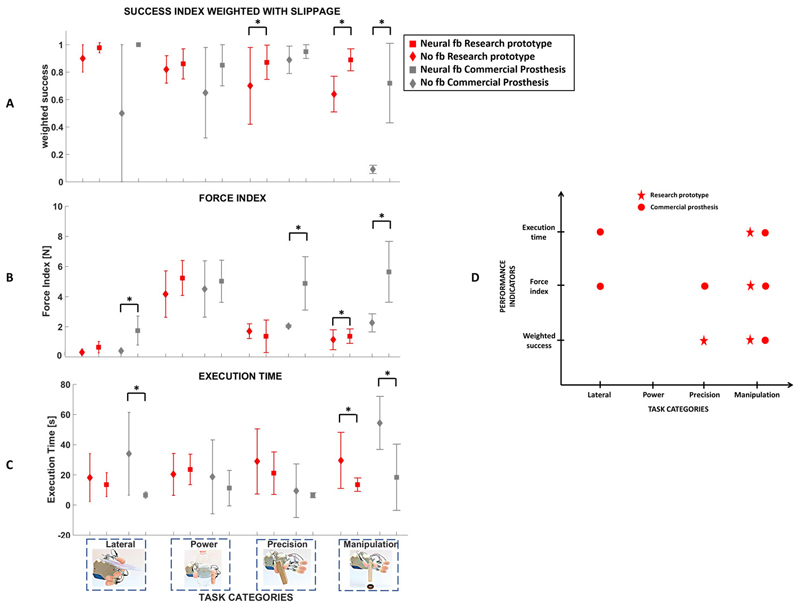Figure 6. Grasp and dexterity assessment without feedback and with neural feedback and two different prosthetic hands.
The participant’s grasp performance and dexterity were measured through the weighed success, the force index and the execution time for the two cases of no feedback and neural feedback and two different prosthetic hands (a research prototype and a commercial hand). Statistical significance between neural feedback and no feedback is indicated with * (Wilcoxon Signed-Rank test, p<0.05). (A) Weighted success. (B) Force index. (C) Execution time. (D) Statistically significant differences between no feedback and neural feedback for the three indices and the two prosthetic hands. A significant improvement of grasp performance and dexterity are achieved in manipulation tasks, thanks to neural feedback, independently of the adopted prosthetic hand.

